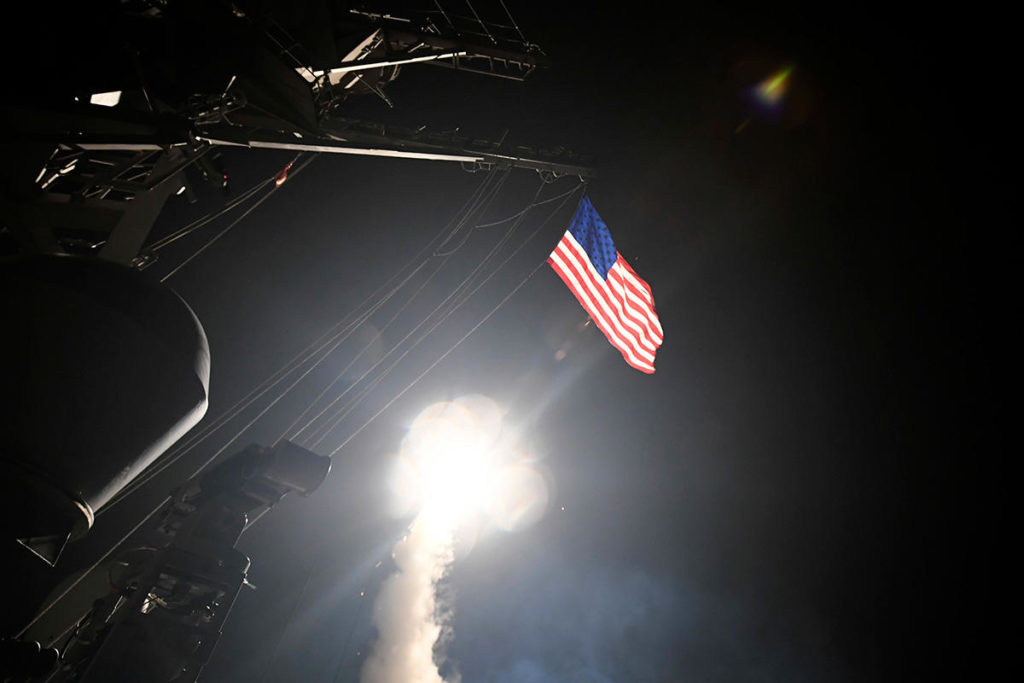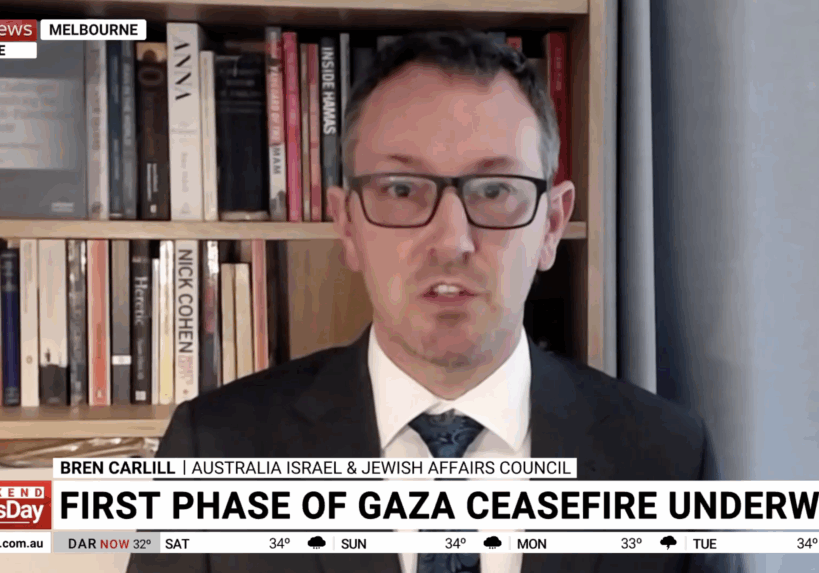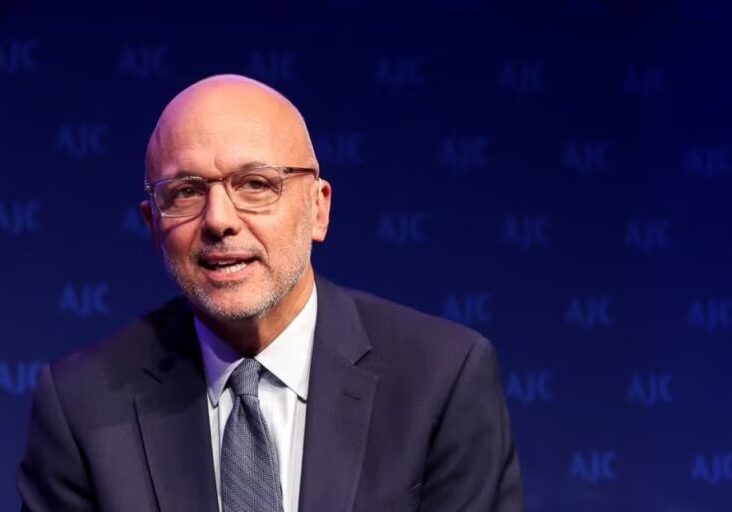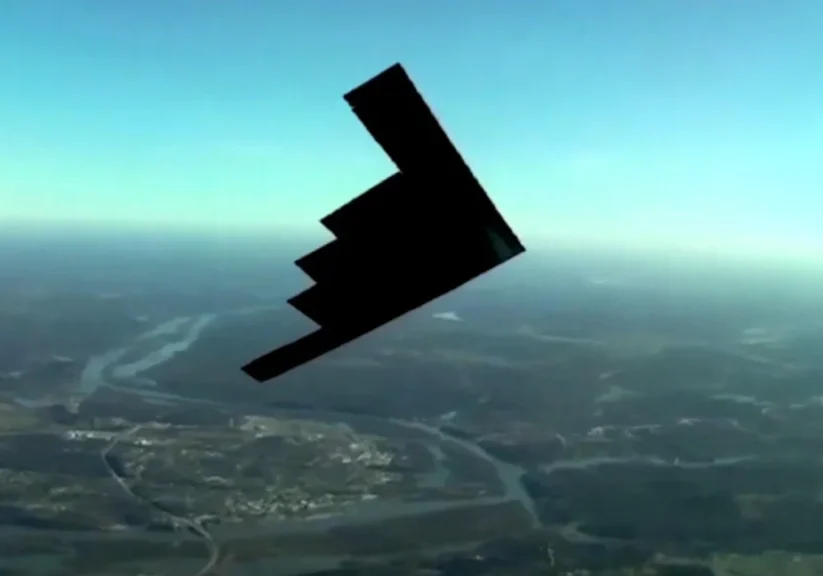Australia/Israel Review
Syria strike sends global message
May 9, 2017 | Amos Yadlin and Assaf Orion

Amos Yadlin and Assaf Orion
On the afternoon of April 4, 2017, the Assad regime launched a chemical weapons attack on the town of Khan Sheikhoun in northern Syria, murdering dozens of civilians, including children. On the night of April 6-7, the United States struck the Syrian air force base in Dardaghan-Shuayrat, from where the attack was launched, with dozens of cruise missiles. This was the first deliberate American attack against Assad regime targets. What follows is an analysis of the key implications of these events and the repercussions for Israel.
On the physical and techno-tactical levels, the attack’s impact is insignificant. About 60 cruise missiles fired from destroyers in the Mediterranean Sea struck the air force base’s infrastructure and, as reported, caused few fatalities and destroyed a few aircraft. Other aircraft had been evacuated from the base earlier, following an advance warning issued by the United States to Russia, in order to avoid hitting Russian forces. Therefore, the attack did not significantly deprive the Assad regime of a significant capability to continue fighting, as can be seen from the subsequent resumption of the air strikes on Khan Sheikhoun itself. Nevertheless, the United States strike demonstrated the Assad regime’s vulnerability when the United States decides to take action against it, and neither Syria’s air defence systems, nor Russia’s, intercepted the cruise missiles, either out of choice or inability. Therefore, it is important to analyse the purposes of the US military action and its repercussions on the strategic level, which are expressed in terms of reputation, image, balances of power, rules of the game, deterrence, and the impact on decision making and on players’ calculus.
On the American domestic level, the US strike enables President Donald Trump to differentiate himself from his predecessor, who refrained from attacking the Assad regime, even when it launched chemical attacks and crossed the red lines Obama himself had drawn; to position himself as a decisive leader who is unafraid of employing military force and a swift decision maker who nevertheless, remains level-headed and measured (the operation was defined as proportional and limited, while the course of action did not entail risking American combatants).
Concurrently, Trump showed the US legislature that he is willing to employ military force even without obtaining the Congress’s approval.
Perhaps most importantly, against the backdrop of the extensive public discourse about Russia’s interference in the last US elections and about prohibited contacts between personnel in Trump’s Administration and Putin’s Government, Trump demonstrated that he is unafraid of challenging Russia.
On the level of the world powers, the US attack demonstrated Trump’s willingness to employ military force independently for the purpose of upholding international norms and enforcing previous resolutions, even after Russia and China vetoed a resolution in the Security Council in this regard. It is very symbolic that the strike was launched during Chinese President Xi Jinping’s first visit to the United States as a guest of President Trump. Although both leaders carefully refrained from referring to the strike in their statements during the visit, the implications of the US attack are clear in the context of the political-military challenges in East Asia, mainly in relation to North Korea and the South and East China Seas.
The Trump Administration sought an international theatre in which it could demonstrate the actual changes in its approach. Syria basically enabled Trump to send a message to the more problematic countries that are preoccupying the US government. North Korea, which recently challenged its neighbours and the world powers with its missile and nuclear weapons testing, denounced the attack in Syria and thereby confirmed that it had definitely received the American message. In the Middle East, the denunciations from Iran show that Teheran got the message as well.
Above all, the US attack constitutes a challenge to Russia, the power that is the Assad regime’s protector, and to date, has expanded its influence in Syria and in the Middle East, largely due to the United States’ lack of interest in the civil war in Syria, its focus on directly destroying the Islamic State, and its refraining, up until now, from employing military force in this theatre for political purposes. Russia denounced the US strike and responded by severing the tactical de-confliction channel with the United States; however, there have been no reports about any activity on Russia’s part to thwart the strike, such as employing air defence measures against the American cruise missiles, or about any steps to pursue any escalation.
We have a better understanding of the latest developments in the relationship between these world powers following the first visit by Secretary of State Tillerson to Moscow. Despite the tensions and difficulties on the part of Tillerson’s Russian hosts, the US strike in Syria provided him with a better bargaining position with his Russian counterparts, which, as one may recall, his predecessor lacked. The United States can also draw on additional backing from the statements of support from NATO members, and from its partners in the Middle East, including Turkey and the Gulf states.
This single US attack does not yet symbolise a change in policy or outline new directions in the United States policy toward the Syrian theatre. Trump and administration officials also emphasised the fact that at issue is a single strike, whose purpose was to deter the Assad regime from launching any further chemical weapons attacks – even though the majority of the civilian casualties in Syria are actually caused by conventional weapons.
Prior to the regime’s use of chemical weapons, the Secretary of State and the UN Ambassador had declared that Assad’s removal from office is not their top priority, and after the attack, it was emphasised that a political solution in Syria, which involves the defeat of the Islamic State, will not include Assad. However, no other immediate policy has yet been announced, although it is clear that Bashar al-Assad is not guaranteed any immunity, and his vulnerability is evident. Following the US attack, Trump indeed spoke about the need to stop the bloodshed in Syria, and the Secretary of State referred to efforts to stabilise particular regions (Kurdish, Sunni) through arrangements between local powers and the central government, but the Administration has not yet combined these components to any up-to-date, coherent policy and strategy. Consequently, one can assume that the United States policy toward Syria is still focused on defeating the Islamic State, with the assistance of local forces and in coordination with Russia, while “tolerating” the current regime in the short and medium term, and while promoting local arrangements between it and local and regional forces.
The key tensions in this policy remained unresolved: between defeating the Islamic State and containing Iran and its influence; between striving to replace Assad and the absence of a more acceptable alternative; between the reliance on the Kurdish forces in northern Syria and coordination with Turkey, which sees the Kurds as a threat; and between leaving the theatre to Russia and the fact that this erodes the United States position among its allies in the region. Recently, the United States expanded the size of its forces operating in Syria, and thus increased American troops’ exposure to casualties from various factions and, in the context of the US strike, from the Assad regime and pro-Iranian Shi’ite militias.
It is still too early to judge the overall repercussions of the US strike, because not enough time has elapsed to examine the counter-reactions on the part of Russia, the Assad regime, Iran, and other players in all relevant theatres around the world. It is probable that the Syrian regime will refrain from using chemical weapons in the near future; however, other attacks on civilians by Syria and by Russia are already challenging the United States and are demonstrating the limits of its intervention.
It is certainly possible that this limited strike will remain a single one, will not be followed by any additional military operations, and therefore will also not affect the balance of power, the fighting trends, or the arrangements in Syria, insofar as any shall be achieved. Nevertheless, the very demonstration of the potential friction between the great powers and the rise in the tensions between them might serve to boost the shared efforts toward the formulation of arrangements to reduce the fighting.
From the Israeli perspective, it is important to explore the implications of the US attack and its subsequent developments on Israel’s current policy, whose key principles are: refraining from intervening in the war in Syria; preventing any harm to Israel, to its residents, to its forces, and to its territory; preventing transfers of advanced weaponry to Hezbollah and the transfer of chemical weapons to all terrorist organisations; humanitarian assistance to the Syrian civilian population across the Israeli border in the Golan Heights; and, finally, preventing the entrenchment of Iranian and Hezbollah forces in this area.
Israel is very much interested in Syria’s chemical weapons disarmament, when it is clear now that this has not yet been completed; in maintenance and enforcement of the ban on the use of chemical weapons, as the United States President has demonstrated; and in the repercussions of these events as a precedent to Iran’s compliance with the restrictions prescribed in the nuclear agreement. The use of chemical weapons, as well as the threats against Israel voiced recently by the Assad regime in the context of Israel’s attacks on the weapons transfers to Hezbollah, demonstrate growing confidence on its part, and emphasise the intensifying risk posed by the entrenchment of Iran and Hezbollah in Syria, as the Assad regime relies on them more heavily.
On the normative level, Israel must clearly call for Bashar al-Assad to be brought to an international trial for his responsibility for war crimes, crimes against humanity, and mass murder. This position is warranted in terms of principles, morals and values, even if it cannot be implemented immediately.
On the practical level, it appears that most of the components of Israel’s policy described above remain unchanged, with some emphases and adjustments. Israel must continue to monitor the chemical weapons capabilities in Syria, including their manufacture and use, and must continue to provide political and intelligence support to the international courses of action to completely dismantle Syria’s capabilities.
Should Israel need to take action against transfers of advanced weaponry to Hezbollah, it must take into account not only the recent threats from the Assad regime that it will respond with fire against such actions, but also Russia’s oversensitivity to additional harm to its image as the guarantor and protector of the Assad regime. It is important that Israel continue to support United States actions, both covertly and overtly, while maintaining coordination channels with Russia.
If and when progress is made in initiating a process for reducing the fighting in Syria, based on the stabilising of regions in Syria according to local rationale, it is important for Israel to work with the great powers to ensure stabilisation of southern Syria, without the presence of Iran and Hezbollah, in order to safeguard Israel itself and to ensure the safety of its neighbour and peace partner, Jordan.
In terms of both morality and security, it would be correct to continue and even to intensify the efforts providing humanitarian assistance to the civilian population across the border in the Golan Heights, and to promote farther and wider medical and humanitarian gestures.
In conclusion, the barrage of cruise missiles that the United States launched against the Syrian air force base indeed constitutes an exception to the behaviour pattern to date; however, at this point, this was only one instance, and it is unclear whether it heralds any new American policy, apart from willingness to use military force.
Nevertheless, it carries with it strategic messages to a variety of audiences worldwide, both to the United States’ rivals, including Russia, China, Iran, North Korea and the Assad regime, and to its friends, including the pragmatic Sunni states and Israel. As long as United States policy toward Syria remains unchanged, Israel must make slight adjustments in the way it implements its current policy, which is still in effect and is not being significantly challenged. Finally, in light of the possibility that new circumstances might unfold in Syria, including heightened risk of the entrenchment of the Assad regime and the Iranian-Hezbollah support for it, it is important to re-examine the de facto acceptance of Assad’s remaining in power in the longer term, as it facilitates the strengthening of Hezbollah and Iran in Syria, and their entrenchment constitutes a very grave threat that is too close to Israel.
Gen (ret.) Amos Yadlin has been Executive Director of the Institute for National Security Studies (INSS) in Tel Aviv since 2011. Previously, he served in the Israel Defence Forces for more than 40 years, nine of which as a member of the IDF General Staff. Assaf Orion is a Senior Research Fellow at the INSS. © INSS, reprinted by permission, all rights reserved.
Tags: Middle East






